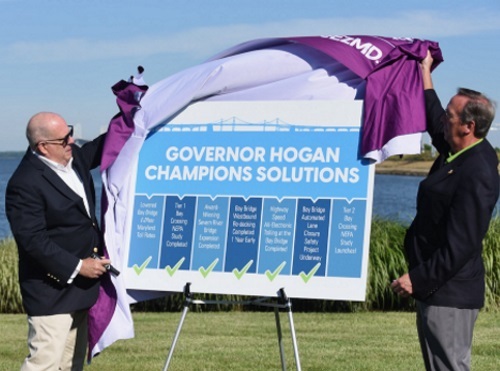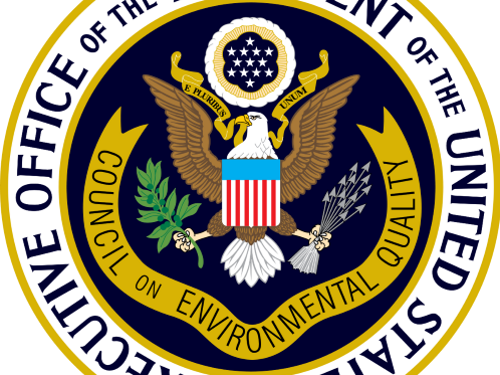The latest episode of “The Stream by AASHTO” podcast features an interview with Douglas Kolwaite, environmental program manager with the Alaska Department of Transportation & Public Facilities, discussing how to balance transportation infrastructure with environmental needs via National Environmental Policy Act or NEPA regulations.
[Above image by AASHTO]
“The Stream by AASHTO” podcast is part of a technical service program for state departments of transportation provided by the American Association of State Highway and Transportation Officials. It explores a wide array of environmental topics that affect transportation and infrastructure programs.
Kolwaite heads the Alaska DOT&PF’s Statewide Environmental Management Office, which is responsible for the development and implementation of environmental policy and procedures.
He works closely with the three regions to ensure Alaska DOT&PF’s activities are implemented in a manner consistent with state and federal environmental laws and regulations.
This is the second episode in a two-part series covering the impact of NEPA in the transportation sector. The first episode in this series interviewed Ted Boling – a partner at Perkins Coie with over 30 years of public service – who delved into how NEPA mandates federal agencies to evaluate the environmental impacts of their actions; mandates that crucially influence transportation projects such as road construction and bridge expansions. To listen to part one of this series, click here.
The insights from both of those episodes is all the more critical as the White House Council on Environmental Quality or CEQ recently finalized NEPA reforms in May that implement permitting efficiencies laid out in the Fiscal Responsibility Act of 2023, including setting clear deadlines for agencies to complete environmental reviews, requiring a lead agency and setting specific expectations for lead and cooperating agencies, and creating a unified and coordinated federal review process.
The CEQ said the new rule – which went into effect on July 1 – provides agencies with other new and faster tools to improve the efficiency and effectiveness of environmental reviews. For example, it creates new ways for federal agencies to establish categorical exclusions – the fastest form of environmental review for projects that do not individually or cumulatively have a significant effect on the human environment.
Additionally, the CEQ said those new NEPA reforms are intended to help accelerate reviews for projects that agencies can evaluate on a broad, programmatic scale, or that incorporate measures to mitigate adverse effects – helping the transportation industry and other sectors speed up environmental reviews and providing more certainty when they are designing projects.










